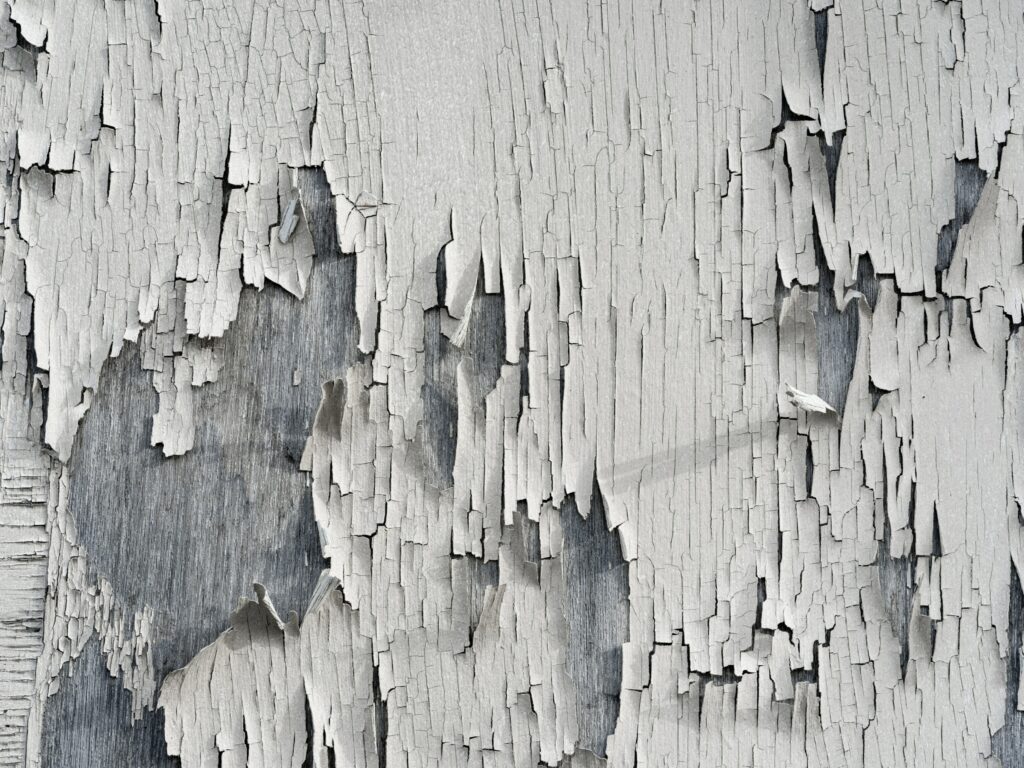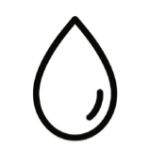Lead in the Garden
go.ncsu.edu/readext?824874
en Español / em Português
El inglés es el idioma de control de esta página. En la medida en que haya algún conflicto entre la traducción al inglés y la traducción, el inglés prevalece.
Al hacer clic en el enlace de traducción se activa un servicio de traducción gratuito para convertir la página al español. Al igual que con cualquier traducción por Internet, la conversión no es sensible al contexto y puede que no traduzca el texto en su significado original. NC State Extension no garantiza la exactitud del texto traducido. Por favor, tenga en cuenta que algunas aplicaciones y/o servicios pueden no funcionar como se espera cuando se traducen.
Português
Inglês é o idioma de controle desta página. Na medida que haja algum conflito entre o texto original em Inglês e a tradução, o Inglês prevalece.
Ao clicar no link de tradução, um serviço gratuito de tradução será ativado para converter a página para o Português. Como em qualquer tradução pela internet, a conversão não é sensivel ao contexto e pode não ocorrer a tradução para o significado orginal. O serviço de Extensão da Carolina do Norte (NC State Extension) não garante a exatidão do texto traduzido. Por favor, observe que algumas funções ou serviços podem não funcionar como esperado após a tradução.
English
English is the controlling language of this page. To the extent there is any conflict between the English text and the translation, English controls.
Clicking on the translation link activates a free translation service to convert the page to Spanish. As with any Internet translation, the conversion is not context-sensitive and may not translate the text to its original meaning. NC State Extension does not guarantee the accuracy of the translated text. Please note that some applications and/or services may not function as expected when translated.
Collapse ▲
Lead-based paint peeling off the wall and into the soil

Lead is a metal that can be found naturally in the environment but also exists at higher levels due to human activity. Lead is still mined, but in the U.S., most lead is recovered from lead-acid batteries. Paint and gasoline no longer contain lead, but these past uses are major sources in urban settings.
Summary for gardeners
- Garden-related lead exposure is generally low and there are simple steps you can take to limit exposure.
- Unless you have unusually high levels of lead in your soil, most of your lead exposure likely comes from non-garden sources like lead paint and drinking water.
- No amount of lead exposure is considered safe, but it is important to remember that there are many health benefits to home and community gardening.
|
Sources of lead exposure Lead exposure can occur in the garden, but non- garden sources including lead paint and drinking water are likely bigger concerns. Still, urban Once lead is in the environment, we can be exposed in a few different ways. Below are some of the main sources that release lead into the environment.
How might I be exposed? Gardeners and children can be exposed to lead by eating contaminated soil particles or produce, and by handling or breathing in contaminated soil particles. Are my garden plants safe to eat? In general, plants do not take up much lead from contaminated soil, so washed produce is probably not a major source of exposure. One study found that herbs tend to have the highest lead levels, followed by root vegetables, leafy greens, and finally fruits. Should I be worried? Garden-related lead is likely a small portion of a person’s overall lead exposure. However, reducing or limiting exposure to lead in the garden is still important, especially for children. Limit Children’s Exposure
|
||||||||
Making sense of regulatory standards
There is no accepted safe level of lead exposure. There are standards for soil lead levels in residential and play areas, but no specific limits for garden soils. The guidelines below can help you contextualize the lead levels in your garden soil.
Health impacts of lead
Children are most at risk from lead exposure because it is a developmental neurotoxin and it can harm developing brains. Lead exposure is linked to many health problems such as impacts on learning and behavior, lower IQ, hyperactivity, slowed growth, and anemia. At high levels, lead can damage the heart and kidneys and may cause miscarriages.
Our bodies use lead in the same way they use calcium, so it tends to be stored in bones and teeth. This stored lead may be released later in life, causing secondary lead exposure. Lead can also be released during pregnancy, where it can expose the fetus.
Reduce lead exposure in the garden
- Adding compost or other organic matter from a contaminant-free source may help limit lead uptake by plants. Check the NC Composting Council website to find STA or OMRI certified compost.
- Aim for soil pH between 5.0 and 7.5 to reduce bioavailable lead (the form of lead absorbed by the body) in soil.
- To reduce lead particles in the air from dust, cover bare soil with mulch and keep the soil moist.
- Thoroughly wash and/or peel produce grown in lead-contaminated soil.
- If your soil lead levels are high, consider installing raised garden beds and replacing the top 1-2 inches of soil each year with compost.
- Conduct soil safety training for all garden users on exposure reduction strategies.
- Visit the Duke Superfund Community Engagement: Gardens website and review the factsheet on 10 Healthy Garden Habits.
For more information
Testing resources
 |
|
 |
|
 |
Still have questions about lead soil testing? Email us at superfund@duke.edu2020. |
Email us at superfund@duke.edu
This factsheet was created by the Duke University Superfund Research Center’s Community Engagement Core with the goal of helping garden managers, Extension agents, Master Gardeners, and home gardeners identify, understand, and manage risks associated with chemical contamination that may be present in garden soils. This work was supported through the National Institute of Environmental Health Sciences P42 Multiproject Center Grant program, grant number P42ES010356.






